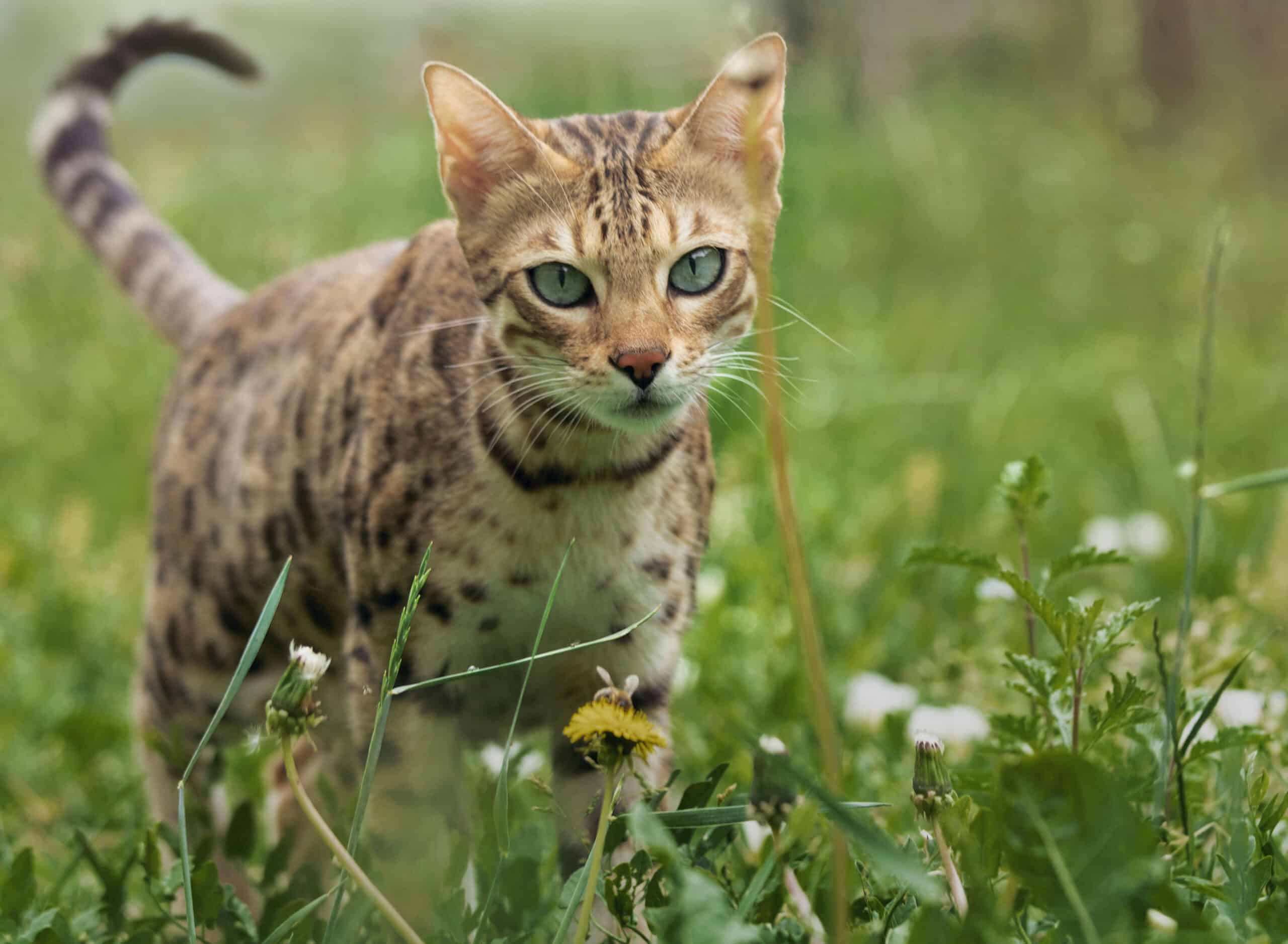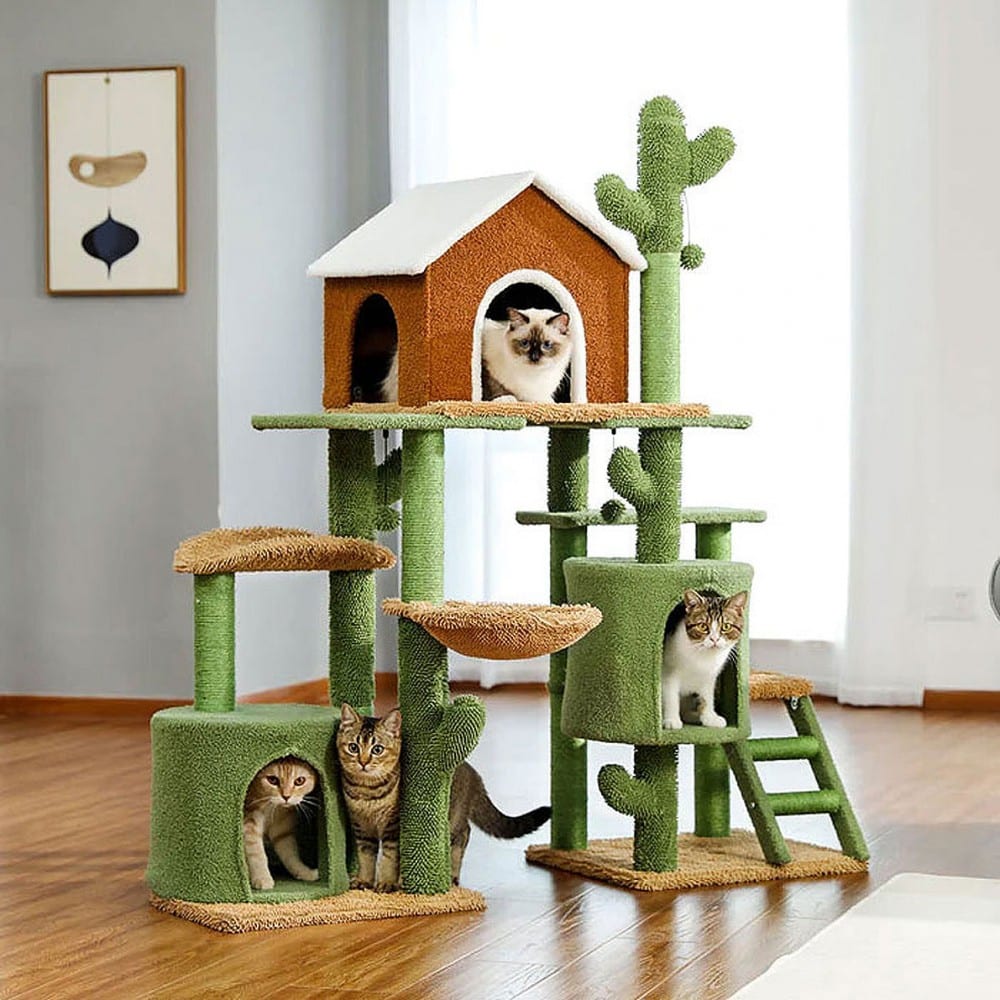Deadly Greens
Cats are notoriously finicky eaters and generally avoid toxins. Young cats and kittens are curious and inexperienced. They tend to chew on almost anything, including toxic plants. Even older house cats may nibble on toxic plants and flowers. Cats often enjoy nibbling on grasses and flowers so as a pet parent, you should know which plants are toxic for your feline.
All plants irritate cats
All plants cause some irritation because cats are carnivores. Many cats seem to enjoy nibbling on some plants and most plants cause very mild irritation. Some plants, however, are deadly to your cat.
Toxic plants and humans
Many toxic plants are deadly to humans as well. Some people have died from accidental ingestion or exposure but sometimes, plants have been used for assasination or murder. For example: the Greek philosopher Socrates was sentenced to death. The methods of execution? A poisonous drink made from Water Hemlock (cicuta maculata). Although this happened in ancient Greece, water hemlock is North America’s most toxic plant. Water hemlock is so toxic because every part of the plant, even the roots, is infused with cicutoxin. Cicutoxin causes amnesia and lasting tremors before death.
Some plants’ toxins cause skin irritation after contact, such as the Deadly Nightshade (Atropa belladonna).
Accidental ingestion can be just as deadly as Socretes’ execution. For example: Nancy Hanks, Abraham Lincoln’s mother died from accidentally ingesting white snakeroot (Ageratina altissima). She didn’t eat snakeroot but she drank milk from a cow that had grazed on the toxic plant. White snakeroot has a toxin called tramadol. People can be poisoned by white snakeroot from drinking milk from an animal that ate the plant or by eating the meat of an animal that ingested white snakeroot.
Castor bean (Ricinus communis) is a toxic plant for humans and pets. Two seeds are enough to kill a child.
Rosary Pea (Abrus precatorius) is so toxic, only 3 micrograms can kill an adult –it would take far less to be fatal to a cat.
Read more: The 20 Best Gifts for Cats
Beautiful Oleander, like water hemlock, contains toxins in every part from stem to root. It contains lethal cardiac glycosides known as oleandrin.
Believe it or not, tobacco is the most poisonous plant worldwide. It contains toxic alkaloids, nicotine and anabasine, which are fatal when eaten.
Toxic, hazardous plants for cats
All plants that are toxic to humans are also dangerous for cats in even smaller quantities. However, unlike cats, people eat very select plants. We usually just enjoy flowers and plants for their beauty. But many plants we chose for their beauty are toxic if eaten. Most of these plants would have to be eaten in large quantities by humans but only a small amount could cause distress or death to a cat. For instance, daffodil bulbs are harmful when ingested.
Cats normally avoid toxic, bad-tasting leaves or flowers, but young cats, kittens and older cats may mistakenly eat a toxic plant. As cats age, just like us, their sense of smell and taste decrease and this may make them mistake a toxic plant for a safe plant.
It is hard to remember all plants that are toxic to cats especially when you’re planning a garden. It’s helpful to save our list of toxic and harmful plants on your phone so you can reference it quickly and easily. Our list is not a complete list, so it’s always good to look up a plant not on our list just in case.
There are 3 categories for plants: poisonous, toxic, harmful. These are plants that must be ingested to cause harm or poisoning. Toxic and harmful are the most deadly and should always be avoided. Poisonous plants are less deadly but it’s best to avoid them as well.







